Page 14 of 19
Re: Ringo F1 design
Posted: 09 Dec 2011, 02:38
by MIKEY_!
This is a simplified example, in reality the vertical supports would have to deform outwards or inwards at the flex point for this to work. If the supports could be horizontal for part of their length this would not be necessary.

This system lowers wing height and increases AoA much like RBR's flexy nose.
Re: Ringo F1 design
Posted: 09 Dec 2011, 17:02
by NonNewtonic
Hey guys I've been follow up these forum for quite some time and I think it's time for me to join you guys to know more about what I've been interested so far. Okay I know this is silly but can I know what software are you guys using to draw your models as I have one month of holiday so I kinda want to start to work on a car hopefully.... So, can you guys help up? And also because I'm still a student so I don't really have the budget to buy a software for this.
Re: Ringo F1 design
Posted: 10 Dec 2011, 04:23
by ringo
I'm using solidworks.
1 month isn't a long time.
Re: Ringo F1 design
Posted: 10 Dec 2011, 20:28
by ringo
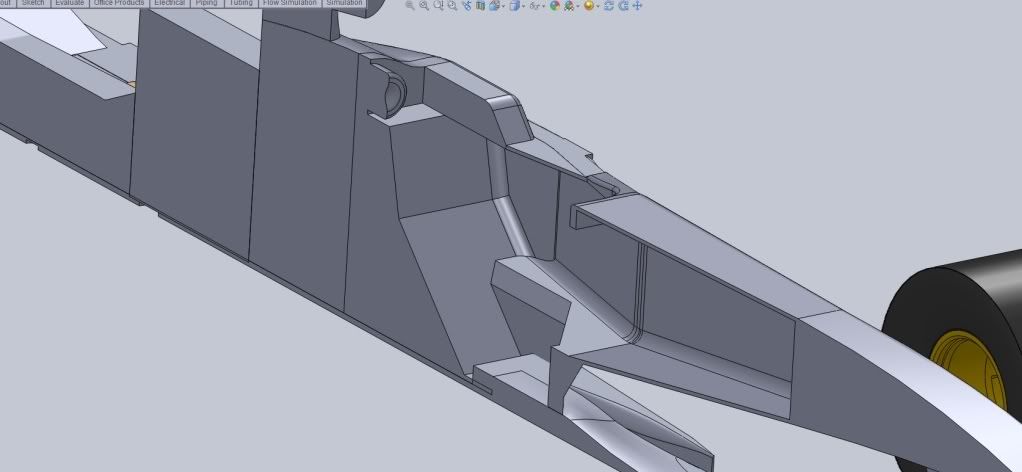
cockpit is rather narrow at the waist. The driver has more room for his upper body and arms though.
I had to shape the cockpit like a "T" ( from a front section) to make the lower parts under the driver's legs leading to the sidepods as slim and as streamlined as possible.
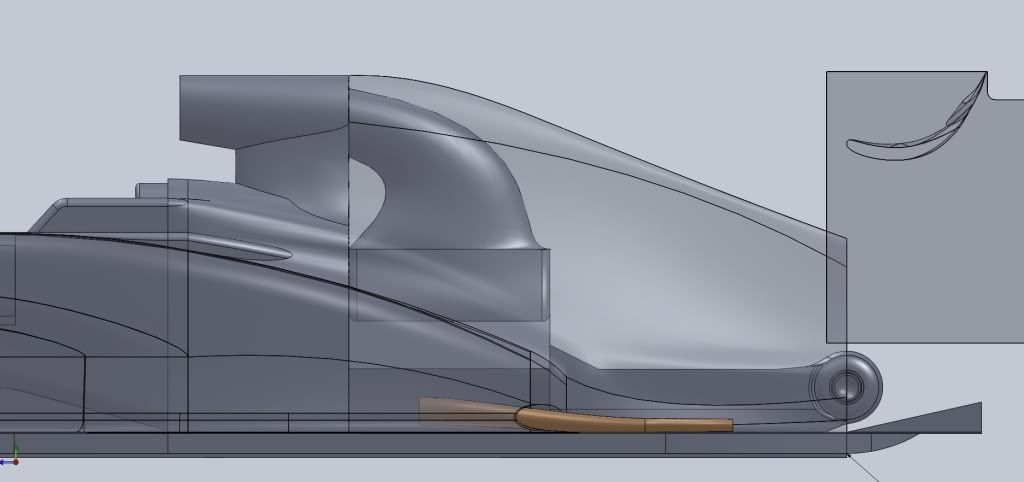
Re: Ringo F1 design
Posted: 11 Dec 2011, 05:27
by MIKEY_!
Ideally we'd have a model of a driver in full race gear to build the car around, ensuring a really snug fit!
Re: Ringo F1 design
Posted: 11 Dec 2011, 19:54
by ringo
Any driver in this car has to be Massa sized or Hamilton sized.
If you're Webber or Sutil, you gots to go else where.

Fatties don't apply. Waist 32 pants and no more.
Though i think it's possible a slim 6 foot driver can fit in the car. The length of the monocoque is standard, it's the space that i have under the driver's legs and to the flanks that minimizes the seat area.
Re: Ringo F1 design
Posted: 12 Dec 2011, 03:52
by MIKEY_!
Well hey, if the driver fits any tighter packaging is worth it. And vettel's pretty skinny so it's OK

Attention to detail, nice one mate! =D>
Re: Ringo F1 design
Posted: 12 Dec 2011, 05:13
by NonNewtonic
Have you started working on the suspensions?
Re: Ringo F1 design
Posted: 12 Dec 2011, 05:36
by scuderiafan
MIKEY_! wrote:Well hey, if the driver fits any tighter packaging is worth it. And vettel's pretty skinny so it's OK

Attention to detail, nice one mate! =D>
Well old Juan Pablo was pretty quick!
Re: Ringo F1 design
Posted: 12 Dec 2011, 07:03
by ringo
NonNewtonic wrote:Have you started working on the suspensions?
I am looking into it. It's still in the concept stage but you can expect something similar to williams.

Re: Ringo F1 design
Posted: 12 Dec 2011, 07:12
by ringo
11.3 Brake discs and pads :
11.3.1 No more than one brake disc is permitted on each wheel.
11.3.2 All discs must have a maximum thickness of 28mm and a maximum outside diameter of 278mm.
11.3.3 No more than two brake pads are permitted on each whee
What is this saying?
Maximum thickness is the combined thickness of the cross-section?
Becuase we know that the rotor is vented. So it has 2 thicknesses at certain cross-sections.
Any how if it's the outside thickness that they are referring to then it doesn't affect my brake design, only restricts it.
Re: Ringo F1 design
Posted: 24 Jan 2012, 00:43
by ringo
ringo wrote:edit: let me modify the model.

I have come to a conclusion that a standard design is best.
Mine is more thermally efficient, but the absolute temperature drop is not a big for the same surface area.
The plane jane design is the optimum. Mine good for a frontal area compromise and could posibbly work in cool track conditions.
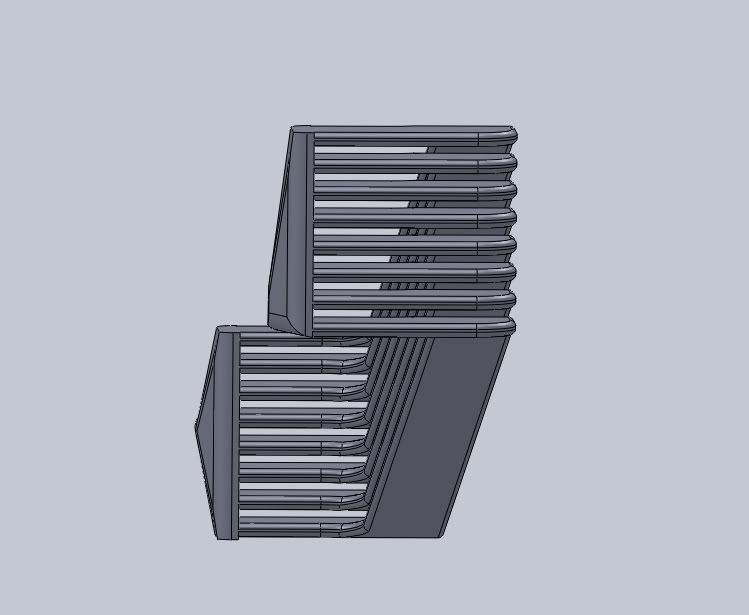
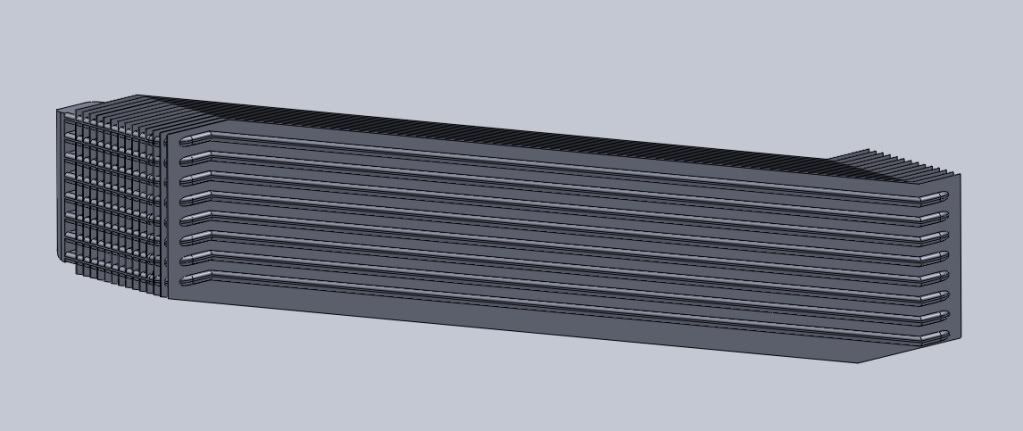
It has some flaws to it, but here it is anyway. It doesnt expose all the surfaces to the lowest temperature like the conventional radiator design. Also the lenght has to be carefully tuned to match the heat rate of the air coming in.
So i'll go back to the drawing board, and have a more conventional design with maybe a slight modification.
Oh yeah i forgot to mention, the cooling fluid in this system is Sodium flouride solution.
we might see this radiator philosophy in the 2012 cars. I'm gonna try get back to finishing this car and making it's 2012 counterpart.
Re: Ringo F1 design
Posted: 24 Jan 2012, 00:47
by ringo
The whole idea was to reduce frontal area.

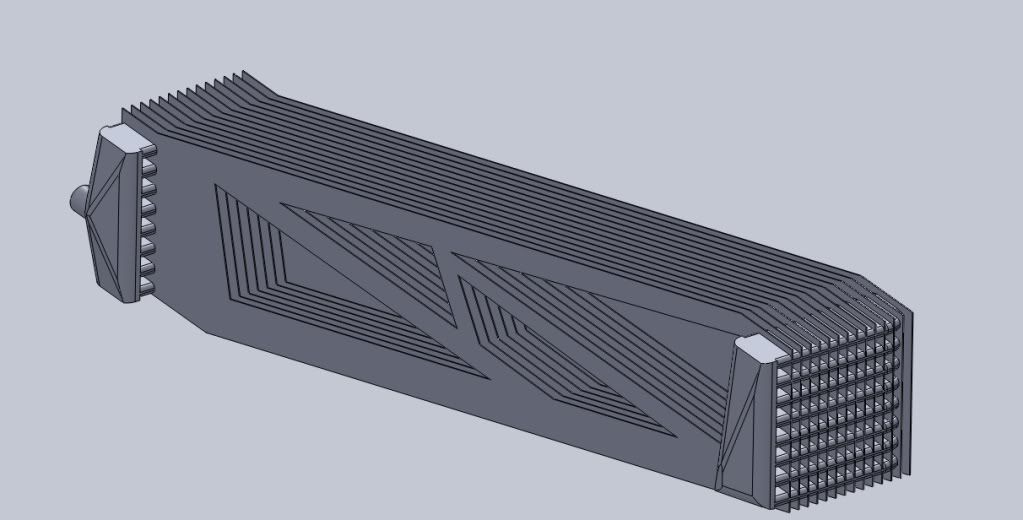
I took down these, as they were redundant, but i'll put them up again.
These were the basic concepts. Maybe some teams may do something similar.
weight may be concern, but it's possible to make it equal in weight to current radiator.
Re: Ringo F1 design
Posted: 24 Jan 2012, 01:25
by Robbobnob
Your design would suffer from larger pressure drops along the length of the flow when compared to a conventional design, not to mention no use of counter flow mechanisms. The enlarged surface area of the bodies volume would also lead to the greater absorption of radiated heat from the engine and the exhaust, where as the conventional design is rather sheltered from this at the front of the side pods.
though my hat off to you for endeavoring to innovate in such stringent regulations
Re: Ringo F1 design
Posted: 24 Jan 2012, 04:17
by ringo
yes,
I realized this at the time, and chose not put it up.
Though i think compromises can be made but you never know at what cost.
This design can be counter flow. For conventional F1 cooling it's more like cross flow than counter flow. The radiators are so thin.
This design would be true counter flow, hence the increased efficiency, though the heat rate is a concern with air having too much contact time with the radiator surface.
Concerning the engine radiation. These radiators are more to the side of the fuel tank. They aren't as long as the conventional designs.
The point of this radiator is to make full use of side pod volume, so there can be reduced width and length.
If a team is willing to take a similar risk, let's wait and see what's new for 2012.


 cockpit is rather narrow at the waist. The driver has more room for his upper body and arms though.
cockpit is rather narrow at the waist. The driver has more room for his upper body and arms though.



